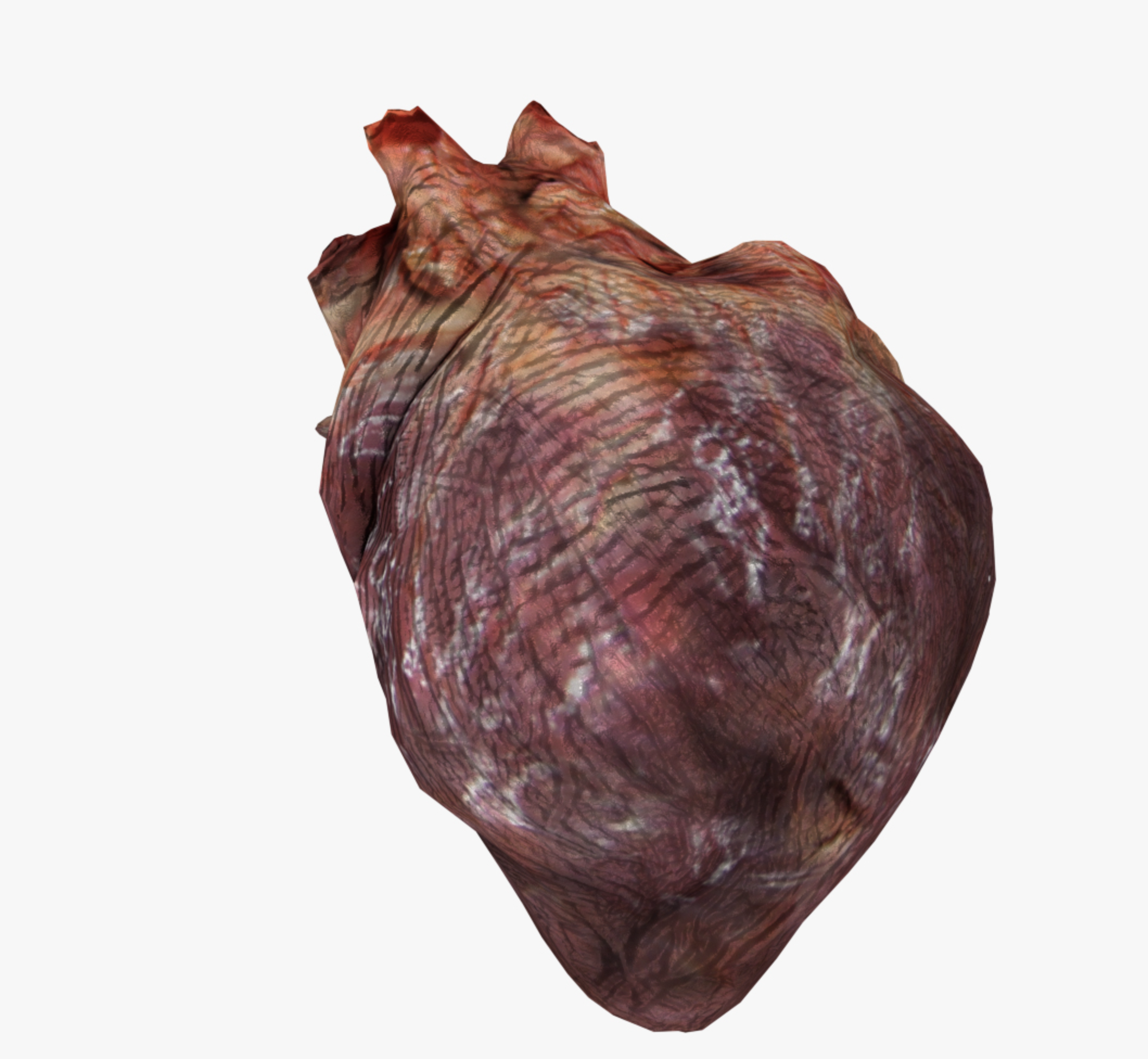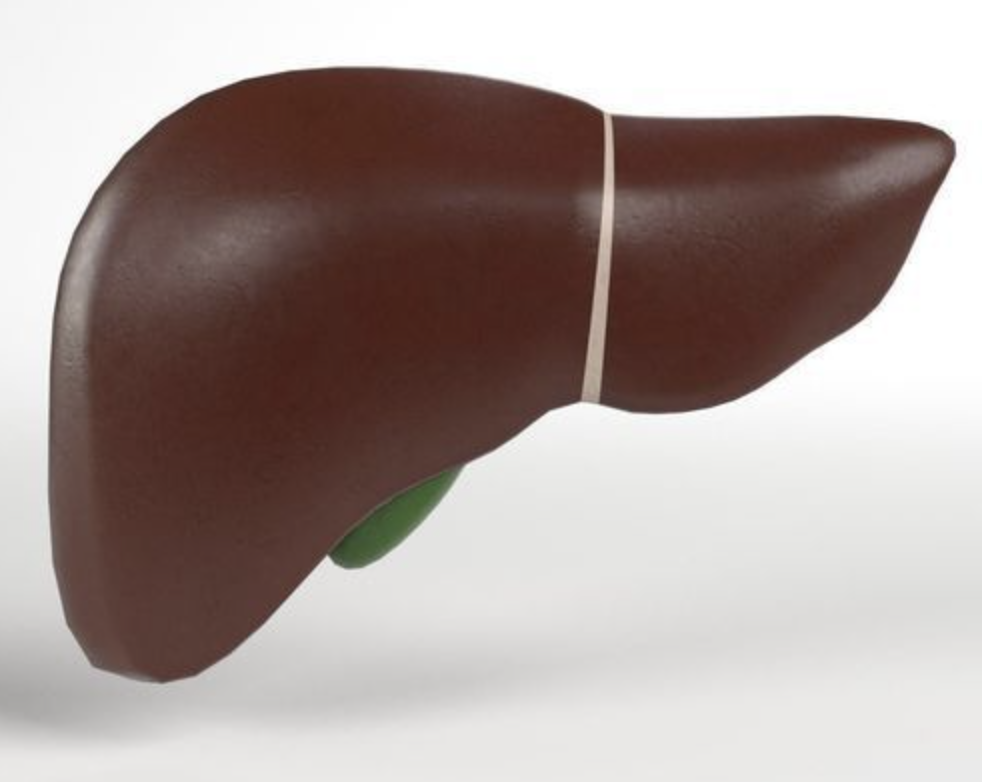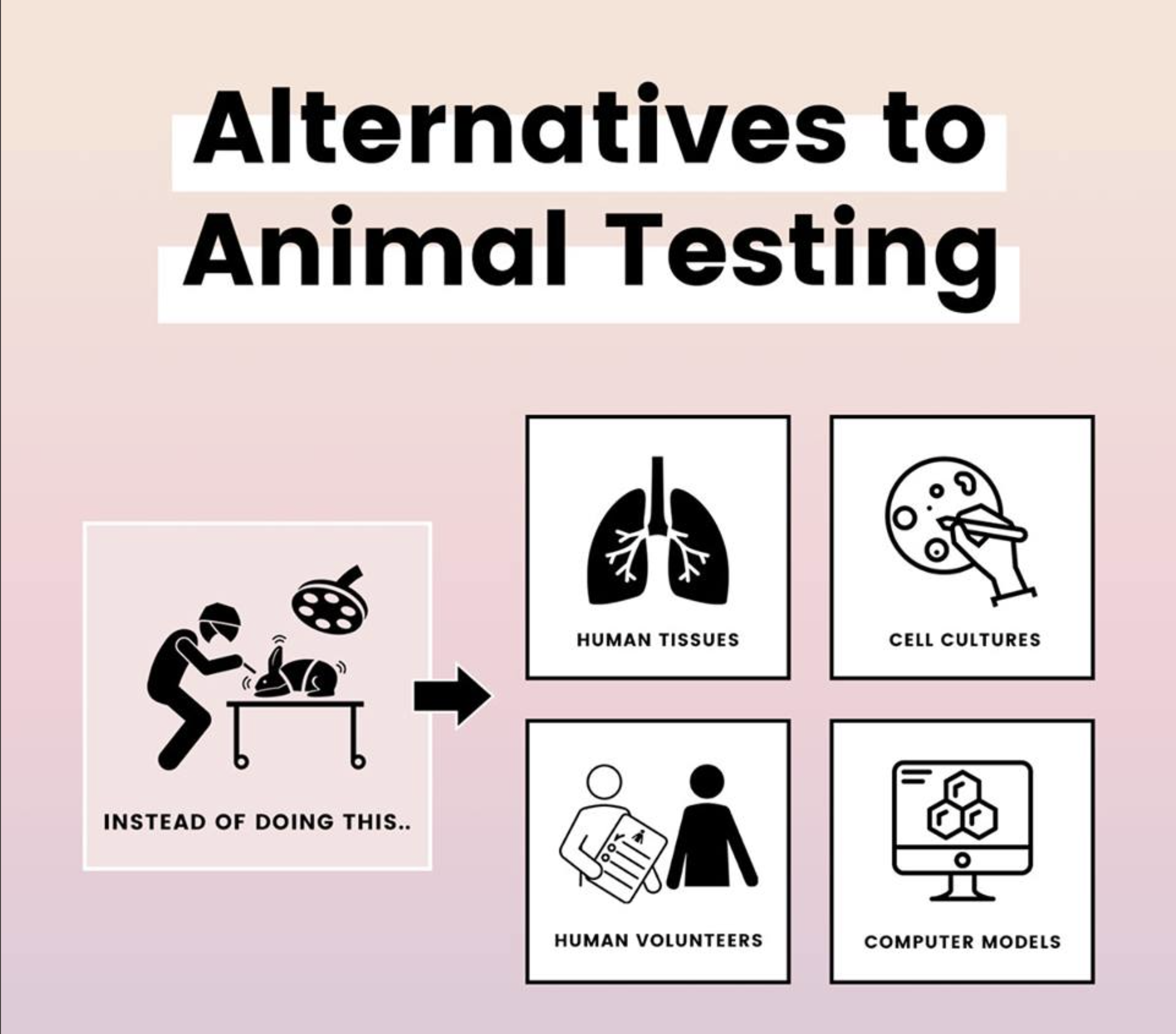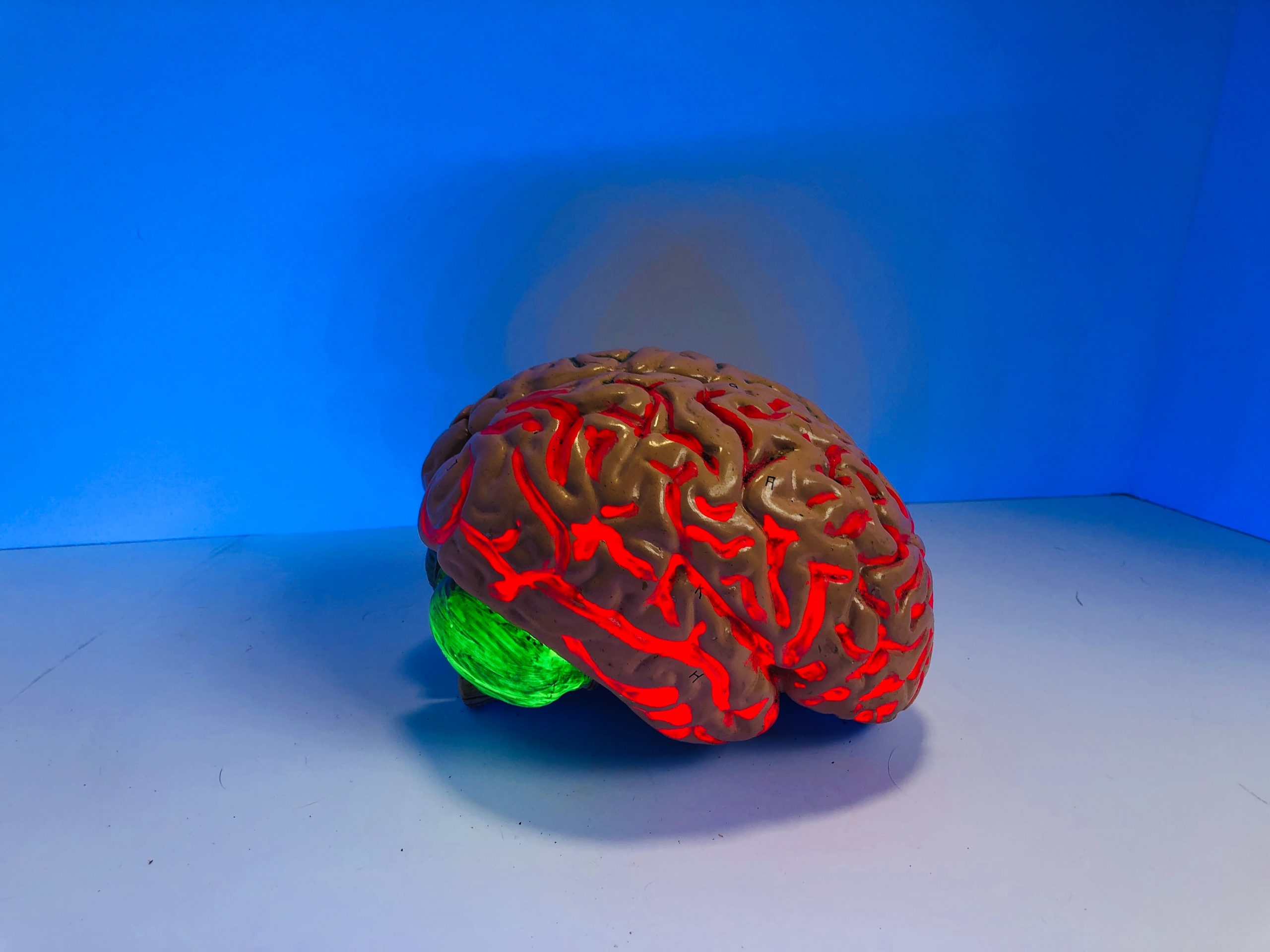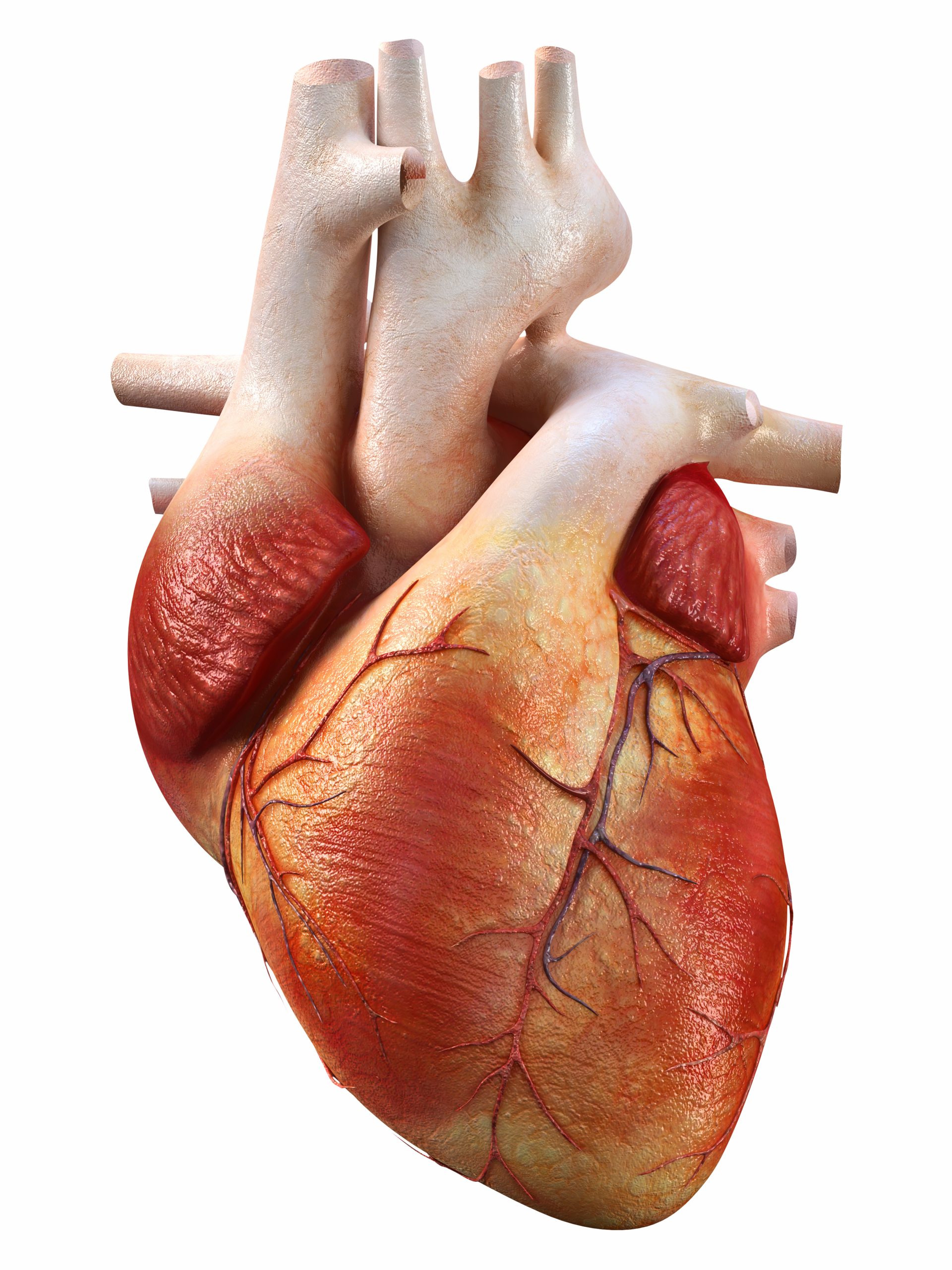by Michael Black Carcinogenesis, or the process of transformation of cells to a cancerous state, often is associated with aberrations in messenger RNA splicing. Removal of introns in pre-mRNA is an essential step in normal cell processing of mRNA prior to transcription of a peptide from a final mRNA transcript. Alternative splicing of pre-mRNA gives cells the ability to regulate multiple final mRNA products from a single gene, adding diversity to the …
New Approach Methodologies for Environmental Cardiotoxicity Testing
by Marjory Moreau Recently I attended a webinar on “Cardiac toxicity Evaluation with a human tissue-engineered model” by Kareen Coulombe, professor at Brown University. I am still blown away every time I hear Dr. Coulombe speak on this subject. In addition to being an excellent speaker, the work she and her team are doing is incredible. I recently wrote a blog on the brain and all its complexity because the brain is not an organ I had worked …
The Need for Increased Maturity in the Risk Assessment Ecosystem
by Dr. Jean Orelien Last year, the US EPA declared they would phase away from animal testing by 2035. Reaching this milestone will require the maturity of the risk assessment ecosystem. By maturity, I mean new roles need to be assumed along with improved interactions and (stronger) bonds within and between group as well as new entities. In this post, I share a …
Exploring In Vitro 3D Liver Models: Complexity Demands Different Needs
by Aarati Ranade Every time we perform an experiment with hepatocytes, I am curious to see how the culture looks over time after plating the cells. I carefully place the cell culture plate under the microscope. I carefully observe through the microscope eyepiece. The transition from round cells to formation of flat, hexagonal cells with one or two prominent nuclei with cell borders nicely touching each other to form a carpet-like monolayer …
Toward More Efficient Safety Testing Through Development of an Internal Threshold of Toxicological Concern
by Alina Y. Efremenko One of my memorable moments when I was a teenager was my family’s trip to the Grand Canyon. That was my first experience riding a horse. I begged my grandfather to come with me, and reluctantly he agreed. I asked him why he disliked the idea so much and he said, “No one asked the horses.” …
High Content Imaging Delivers the Best Results for Microscopy
Microscopy is a technique for capturing images of tiny objects, and it is an invaluable tool for investigating cells and tissues and their molecular constituents. Microscopy is particularly well-suited for assessment of cell, tissue, or organelle morphology; determination of macromolecule expression level, subcellular localization, translocation, or co-localization; and the measurement of cellular heterogeneity or the identification and study of cellular …
Physiologically Based Pharmacokinetic (PBPK) Modeling of Central Nervous System
by Marjory Moreau, Ph.D. I have worked in PBPK modeling for many years and until a few months ago, I never had to deal with the brain compartment. Well, I had a brain compartment in several of my models, but I never really thought about the blood brain barrier and all the transporters involved in protecting or bringing compounds into the brain until recently. I …
The Frontier of Aerosol Safety Testing with In Vitro and in Silico Methods
by Scott Slattery In May and June of this year, the annual Webinar Series on Inhalation Toxicity Testing was co-hosted by The US EPA, the PETA Science Consortium International, Syngenta, and Unilever. The nine webinars presented over three days provided an excellent look at current progress in the area of non-animal inhalation toxicity testing approaches. The talks covered the breadth of the field, addressing in …
Cardiac Toxicity Evaluation with a Human Tissue-Engineered Model
Dr. Kareen Coulombe joined us to share her latest findings for assessing cardiac toxicity using a predictive 3D human cardiac microtissue platform for assessing toxicity of chemical compounds. What you’ll learn: How NAM’s are used to assess cardiac toxicity How human 3-D cardiac microtissue systems can address limitations of traditional in vivo and in vitro assays in predicting arrhythmia generation …


